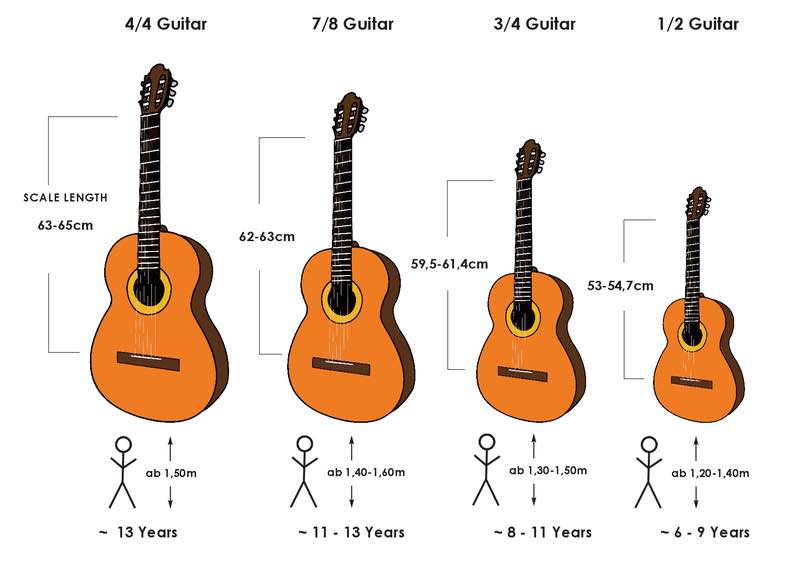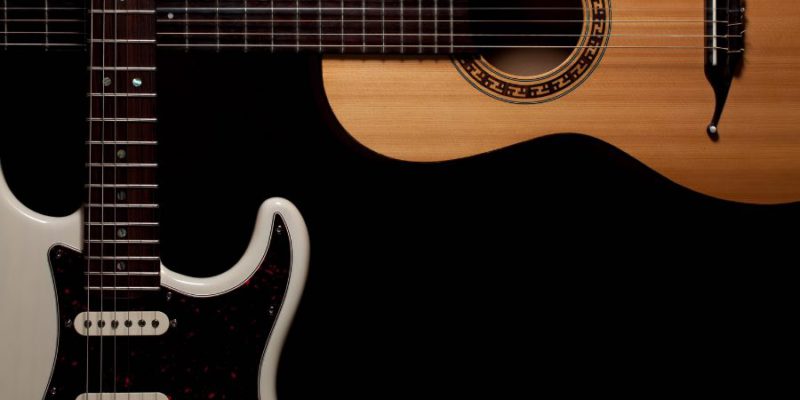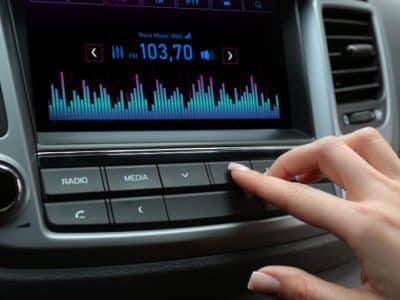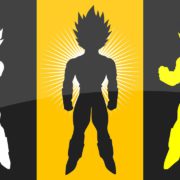After deciding to learn to play guitar, the initial step you need to take is choosing your first guitar. If it is your first music learning instrument, then choosing the right guitar is very important for your lifelong music learning inspiration.
The guitar-like instruments have a far back history starting before 3100 BCE. Since then, the instrument has evolved through many changes. In the present world, there are a wide range of guitars available that varies in different-
- Tone production.
- Style of music.
- Size & look.
- Specification.
- Price & brand.
It can be difficult for beginners to buy the right guitar, who usually don’t have any clue about the instrument.
In this article, we have planted enough information to narrow you down to make your choice. Read through the end to discover which would be the best guitar suitable for you.
Table of Contents
Settle Which Type Of Guitar You Want To Learn
There are three main types of guitar. Each of them has unique tone production abilities and is suitable for different genres of music as well. At the same time, each type of guitar follows different practice methods to develop music playing skills.
Classical
The classical guitar, often known as the Spanish guitar, was designed to perform classical or flamenco music. But it can be used in other genres of music too.
Nylon strings are used on classical guitars which are gentler on the fingers and give a mellower sound than steel strings. Classical guitars come in a range of sizes, making them an excellent choice for young musicians.
With classical, you are not bound to play classical music only. Country and folk music
has a tradition to play in nylon string guitar for many years. Even you can play jazz and rock music too.
The classical is the most popular among beginners due to the tone it produces, the generally lower price (at least the beginner guitars), and the diversity of sizes offered. The wider neck fretboard makes it easier to grab the fret notes.
Acoustic
Many people suggest getting an acoustic as your first guitar. The acoustic is similar to the classical guitar, except instead of nylon strings, it uses steel strings.
Steel strings tend to produce much louder and brighter tones than nylon strings. That’s why chord strumming sounds better on an acoustic guitar which is good for beginners. However, steel strings can be relatively hard on your fingers.
Acoustic guitars are great to play any kind of music. Some acoustic guitars have the option to amplify the sound by plugging into amplifiers and turn it into an electro-acoustic guitar. Electro-acoustic guitars are also popular for recording and producing a wide variety of tones using sound effect pedals.
Electric
Electric guitars are quite different from acoustic & classical guitars in the case of tone production. They produce sound by turning string vibrations into electric signals.
That means you can’t just pick an electric guitar and start playing like the other guitars. You will need to plugin it with an amplifier, which will amplify the electric signal and produce tone through a loudspeaker.
Many people think electric guitars produce too louder tones that it would be difficult to play in a home environment. That’s true. But you can control the volume or use a headphone to avoid noise pollution.
For beginners, the electric is more comfortable to play than the acoustic guitar. It has a wide range of tone production capabilities with special controls. Electric guitars are the most popular guitars in modern music. Rock, metal, pop, blues, jazz, country, and R&B have wide use of electric guitars.
However, electric requires additional equipment and setup, which is costly and difficult to carry around.
Which Is The Best Type Of Guitar For Beginners
Many famous guitarists choose to start to learn classical, or acoustic, or electric guitar simply because of their interest. There is no condition that you can’t start playing electric guitar as your first musical instrument.
Besides, the techniques of learning each type of instrument are interchangeable. So, after starting with an electric guitar you can easily switch yourself to classical one. But mastering any particular type of guitar requires additional skills and techniques.
Choose your instrument according to your preferred genres of music. You could be inspired by your favorite guitarist. Following your inspiration will help you as a beginner in learning music.
In terms of comfortability, the electric guitar is easy to play. But if you consider the facts of simplicity, price, and tonal versatility, the acoustic guitar could be perfect for a beginner. As a beginner, steel-string guitars might be too harsh for your fingers. In that case, choosing the nylon string classical over acoustic is not a bad idea.
If you want to learn to play just for playing few songs and sing with your friends then choose the acoustic instrument for its loud chord strumming tone. Children have soft fingers. They can get hurt using the steel-string guitars. Nylon string classical guitar is recommended for children below age thirteen.
Settle On The Shape & Style
Choose what you believe looks the greatest in terms of style. Concentrate on a specific color or shape if you’re looking for anything specific. Take a look at some first-class expensive guitars for ideas.

One thing to consider is that acoustics have less stylistic diversity. However, there are a variety of body sizes available, each of which produces a unique sound and is available with or without a body cutaway
Dreadnought-style acoustics provide a rich, powerful tone, but their size may be too much for smaller players. Parlour guitars, on the other hand, have thinner bodies that are better suited to sitting practice.
Determine Your Budget
Determine how much you are willing to pay for your first guitar. Do it immediately, because you could be tempted to pay a little more for a particular form or color that catches your eye.
However, for a beginner, I would not recommend spending much. Because you don’t want to through away money if you discover it’s not the instrument for you or if you get tired of it. Begin with a low price and progressively increase it as your skills and passion improve over the instrument.
Mistakes To Avoid In Choosing Your First Guitar
When people are encouraged to learn to play the guitar, they often rush out and buy something that isn’t right for them. Here are some common mistakes that beginners often do-
- Choose the wrong size.
- Buy one with strings that are too high and difficult to play.
- Guitars that can’t be tuned properly.
- Prefer a famous brand in the hopes of getting a better instrument.
- Buy one without any supporting material.
- Select a guitar without judging its specification.
To avoid these mistakes, you can do some research on your own. Compare the guitar specifications in terms of price. Try to get help from an experienced guitarist.
After getting your first guitar, start practicing the instrument from the very beginning level.
Check also:















![The Top 12 Best One Piece Arcs [Ranked]](https://calibbr.com/wp-content/uploads/2022/06/The-Top-12-Best-One-Piece-Arcs-Ranked-180x180.jpeg)